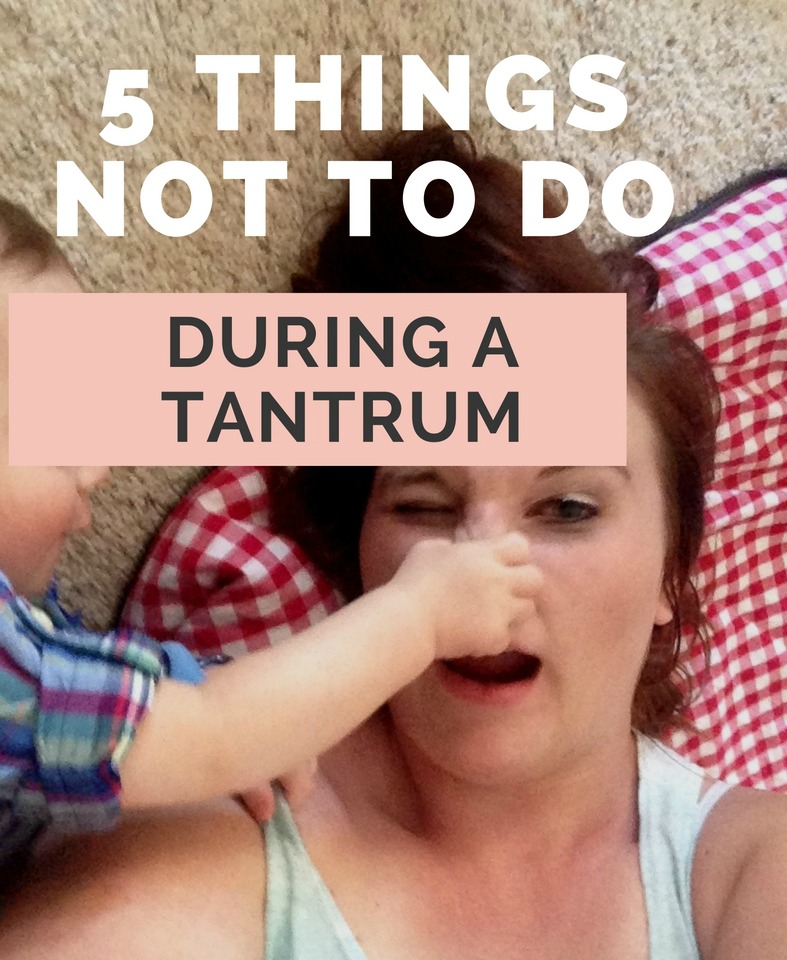New, as well as seasoned parents experience great distress and confusion as they observe their precious little one flailing and screaming. Tantrum behaviors occur in all shapes and forms. Family members and caregivers often feel helpless (and often embarrassed) as their little one flops and drops and physical handling feels like wrestling an alligator. Adult responses to these behaviors can shape more appropriate behaviors or they can, in contrast, reinforce these behaviors building a pattern of behavior that continues to disrupt the child’s ability to participate in family routines and create barriers to future learning. Let’s look at 5 Things We should Avoid:
1) Don’t Take This Personal. There is a reason or Function of this behavior regardless of whether it is obvious or not. Your child is communicating something to you in the best way he currently knows how.
2) Don’t Show Your Emotions. Give them your best Poker Face.
3) Don’t Let the Child’s Behavior Change Your Response. Have a predetermined plan of how you will respond to that behavior and stick to it.
4) Don’t Get out the Day’s Menu. Don’t begin offering your child every edible or toy available. When you say, “Do you need some goldfish?” “Do you want your I Pad?”, you have just allowed that child to use a tantrum as a defective way to request something. That is not the skill you want to teach. And, by offering a plethora of items, this only reinforces the Tantrum Behavior.
5) Don’t Worry About Onlookers. You are working on shaping new appropriate behavior in your child -not creating a perfect image in the minds of the people who may not understand your behavior plan. For close friends and family, share your plan with them, get them on board, and encourage them to follow your plan.
Addressing Tantrum behavior can be quite challenging. It’s much more complicated that just 5 points. To learn more, check out my other posts and the fantastic resources.
Read about how Little Hands Big Victories began.

